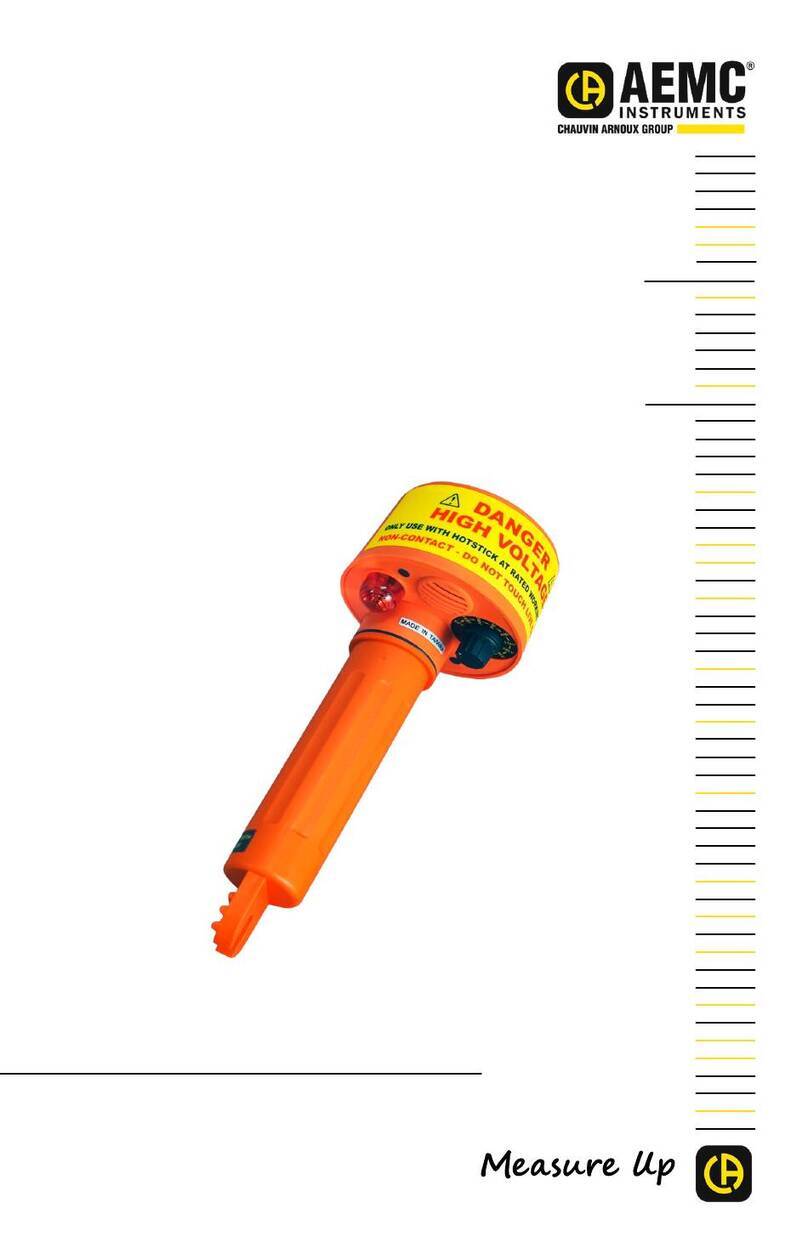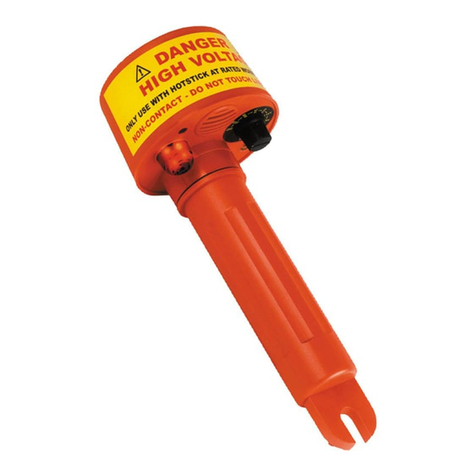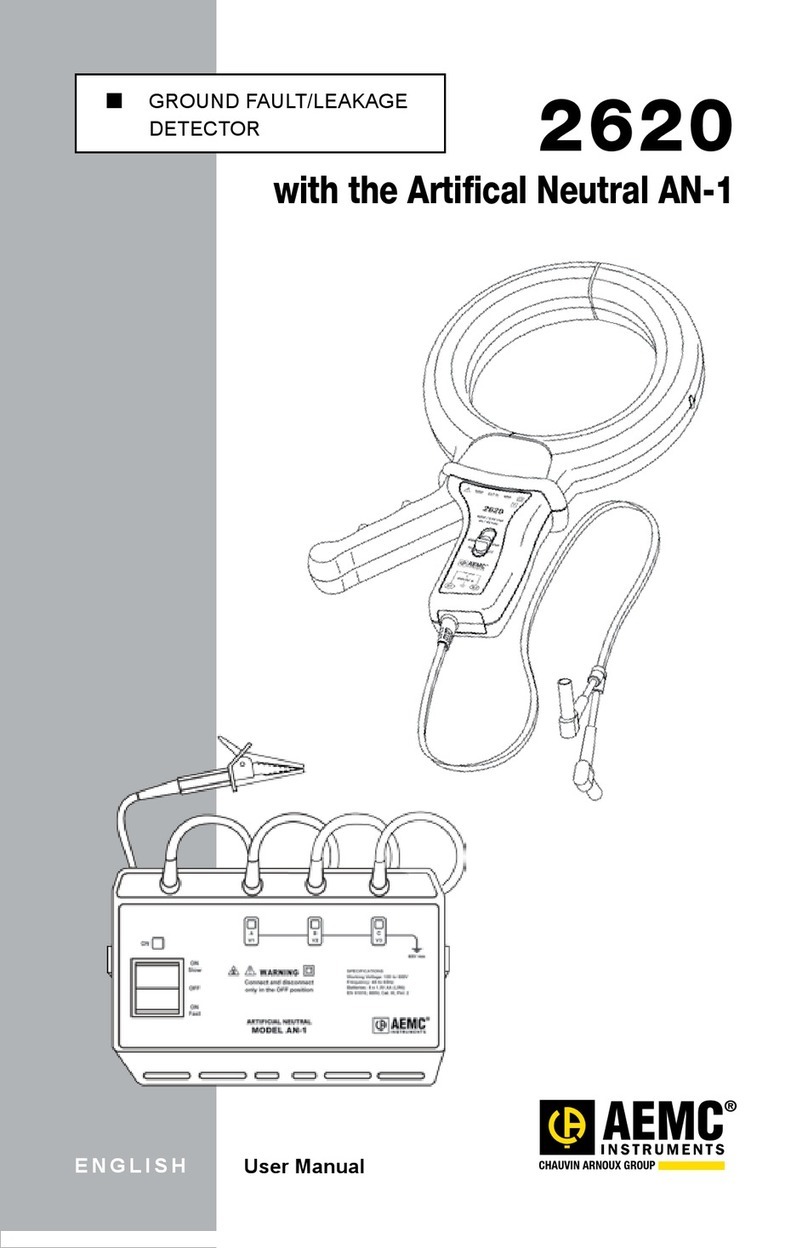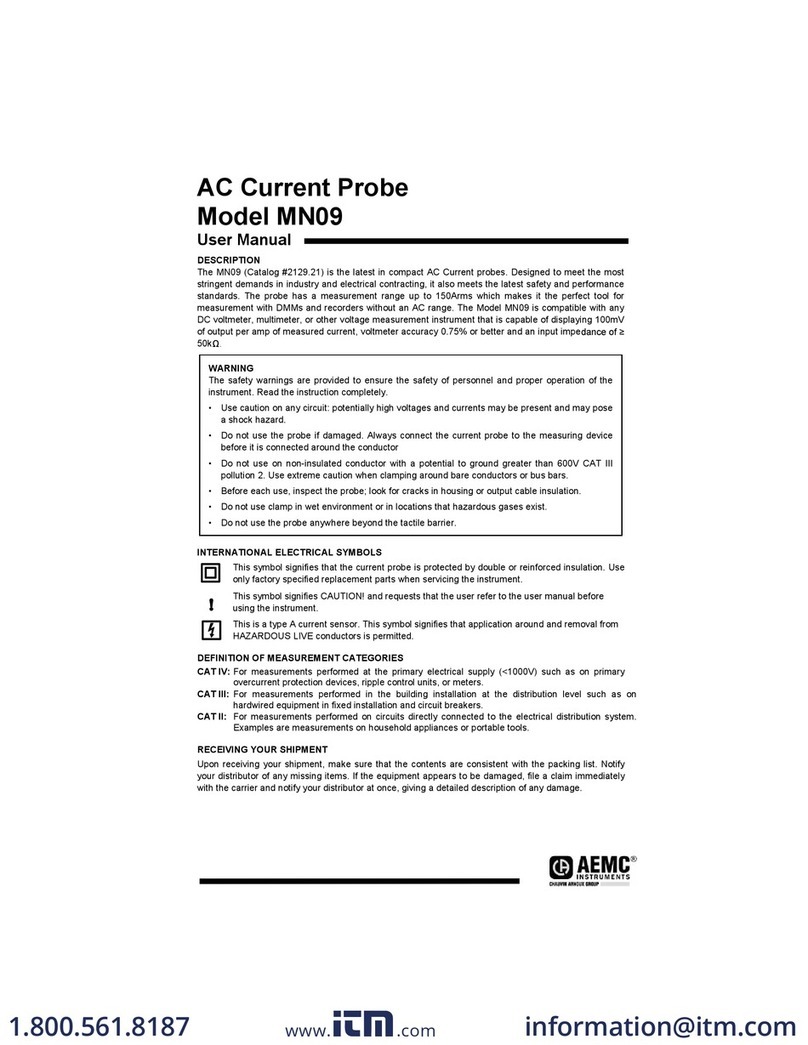
TABLE OF CONTENTS
1. INTRODUCTION............................................................................................................... 7
2. DESCRIPTION.................................................................................................................. 8
2.1TRANSMITTER...........................................................................................................8
2.1.1 INTERFACE........................................................................................................ 8
2.1.2 LCD SCREEN.....................................................................................................9
2.2 RECEIVER..................................................................................................................9
2.2.1 INTERFACE........................................................................................................ 9
2.2.2 LCD SCREEN................................................................................................... 10
2.2.3 CABLE DETECTION MODE EXAMPLES ......................................................... 10
3. OPERATION................................................................................................................... 11
3.1GETTINGSTARTED ................................................................................................. 11
3.1.1 SETTING UP..................................................................................................... 11
3.1.2 USE .................................................................................................................. 11
3.1.3 NEXT STEP: 2 TRANSMITTER CONNECTION MODES................................. 12
3.2 SINGLE-POLE OPERATION..................................................................................... 13
3.2.1 LOCATING AND TRACING LINES AND OUTLETS.......................................... 13
3.2.2 LINE BREAKS LOCATION................................................................................. 14
3.2.3 LINE BREAKS LOCATION USING TWO TRANSMITTERS............................... 16
3.2.4 FLOOR RADIENT HEATING SYSTEM FAULT DETECTION............................. 17
3.2.6 METALLIC WATER SUPPLY AND HEATING RADIATORS DETECTION ......... 19
3.2.7 IDENTIFICATION OF A BRANCH CIRCUIT ON THE SAME FLOOR................ 20
3.2.8 UNDERGROUND CIRCUIT TRACING ............................................................. 21
3.3 TWO-POLE OPERATION ......................................................................................... 22
3.3.1 CLOSED-CIRCUIT APPLICATIONS................................................................. 22
3.3.2 CIRCUIT BREAKERS/FUSES DETECTION ..................................................... 23
3.3.3 SHORT-CIRCUIT DETECTION......................................................................... 24
3.3.4 DEEP UNDERGROUND CABLES DETECTION............................................... 25
3.3.5 SORTING OR IDENTIFICATION OF CONDUCTOR PAIRS.............................. 26
3.4 INCREASING THE EFFECTIVE RADIUS OF DETECTION
OF LIVE CIRCUITS....... 27
3.5 LINE VOLTAGE IDENTIFICATION/SEARCHING FOR
BREAKS IN THE CIRCUIT.. 28
4. ADDITIONAL FUNCTIONS ............................................................................................. 29
4.1TRANSMITTER VOLTMETERFUNCTION................................................................ 29
4.2 FLASHLIGHTFUNCTION.......................................................................................... 29
4.3 BACK-LIGHTFUNCTION.......................................................................................... 29
4.4 BUZZER ACTIVATION/DE-ACTIVATION.................................................................. 29
4.4.1 TRANSMITTER................................................................................................. 29
4.4.2 RECEIVER........................................................................................................ 29
4.5 AUTOMATICPOWER-OFFFUNCTION .................................................................... 29
4.5.1 TRANSMITTER................................................................................................. 29
4.5.2 RECEIVER........................................................................................................ 29
5. SPECIFICATIONS.......................................................................................................... 30
5.1 TRANSMITTER SPECIFICATIONS........................................................................... 30
5.2 RECEIVER SPECIFICATIONS.................................................................................. 30
5.3 COMPLIANCEWITHINTERNATIONALSTANDARDS.............................................. 31
6. MAINTENANCE.............................................................................................................. 32
6.1CLEANING................................................................................................................ 32
6.2 BATTERY REPLACEMENT...................................................................................... 32
6.3 TRANSMITTER FUSE CHECK................................................................................. 32
6 Model 6681 Cable Locator































